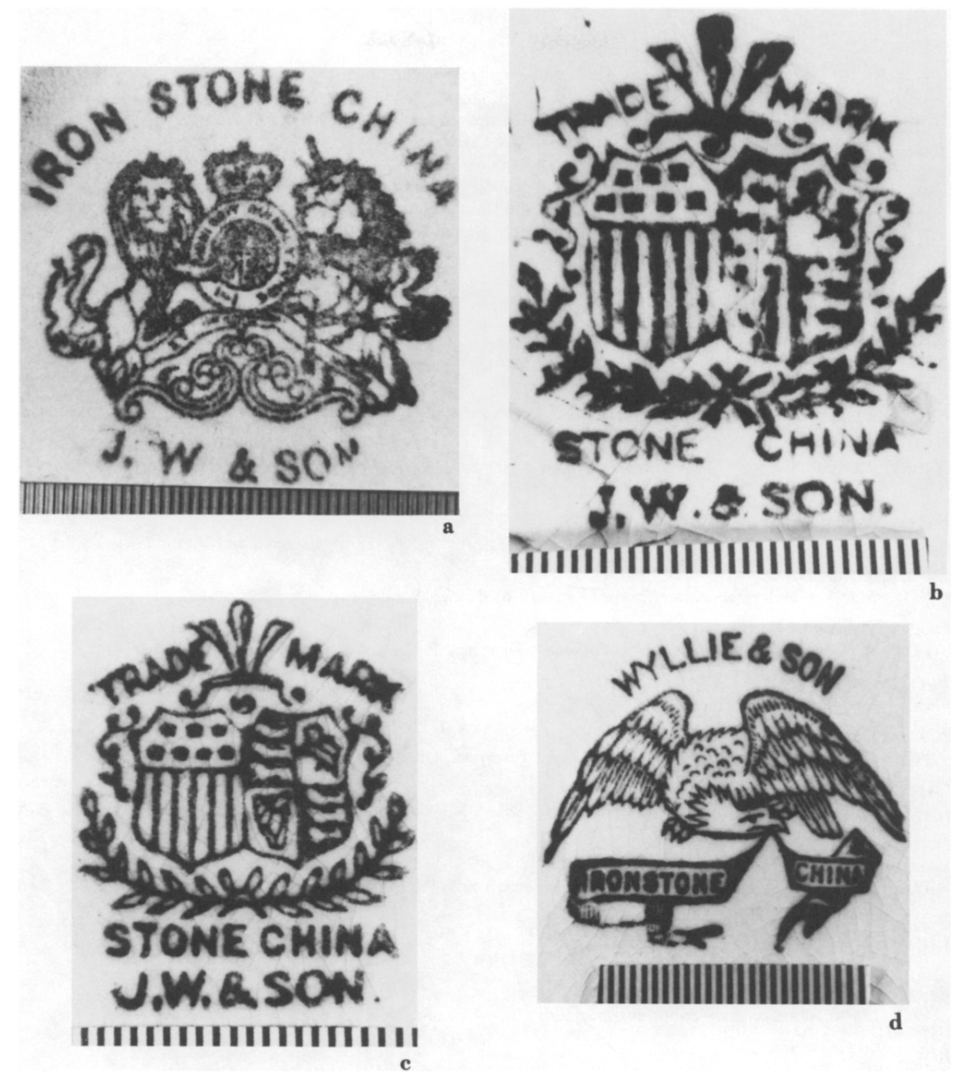231224144550.JPG)
Wednesday 8th January 2025 - Sharna Bennett
231224144550.JPG)
From the uber recognisable Ming vases of China to the delicate blue-and-white Delftware of the Netherlands, pottery reflects different cultural heritages and changing aesthetics throughout history.
Each piece is indicative about the period in which it was made, the hands that crafted it, and the function it served in everyday life, or in ceremonial contexts.
Antique pottery is ever popular at auctions, and Easy Live Auction provides access to an extraordinary selection of rare and valuable pieces, allowing experienced collectors and newcomers alike to explore this intriguing world.
Pottery is one of the oldest human crafts, dating back over 20,000 years. The earliest forms of pottery were likely created for practical uses such as storing food and water. Ancient civilisations, from the Chinese to the Egyptians, were revered for their advancements in pottery, and each culture developed its own distinct styles and techniques.
A Wedgwood Crystal Ming vase, with original box. This lot will be featured in Claydon Auctioneers’ 12th January sale, commencing 9am GMT.
Perhaps no pottery is as universally recognisable as the Ming Dynasty vases of China. These masterpieces, often characterised by their intricate blue-and-white designs, were produced during the Ming Dynasty (1368 – 1644), a period of great cultural and artistic achievement. Ming porcelain, particularly from the reigns of emperors such as Yongle and Xuande, is highly prized for its smooth glazes and its detailed depictions of flora, fauna, and landscapes.
Browse Ming vases on Easy Live Auction
A group of six small Chinese blue and white vases, late Ming and later. This lot is set to feature in Bearnes Hampton & Littlewood’s 14th-15th January sale, commencing 10am GMT.
In Europe, Delftware emerged as a significant form of pottery in the 17th century. Produced in the Dutch city of Delft, these pieces initially took inspiration from the Chinese blue-and-white porcelain imported to Europe via the Dutch East India Company. Delft potters sought to replicate the Chinese style, creating tin-glazed pottery that featured similar designs, including floral patterns, pastoral scenes, and maritime themes.
Browse Delftware at Easy Live Auction
A Delft lobed circular dish, painted in polychrome, with a peacock in a garden setting, the rim with panels of stylised flowers and foliage — to be included in Bamfords Auctioneers & Valuers’ Four Day Fine Art and Antique Sale, from 21st to 24th January from 10am GMT.
One of the more well-known names in British pottery is Wedgwood. Founded in 1759 by Josiah Wedgwood, this company were revolutionary with its pioneering techniques and classic designs. Wedgwood is particularly known for its fine earthenware and its distinctive Jasperware, featuring neoclassical designs in white on a coloured background, typically in shades of blue, green, or black.
Browse Wedgwood at Easy Live Auction
Wedgwood Jasperware ginger jar and cover in Prunus / Primrose colour. This lot is featured in Leighton Hall Auctions’ 18th January auction, from 9:30am GMT.
Originating in Italy during the Renaissance, Majolica refers to tin-glazed pottery that is often brightly coloured and decorated with elaborate scenes. This type of pottery gained widespread popularity across Europe and held great decorative appeal. It often depicted mythological scenes, biblical stories, or floral and animal patterns.
Browse Majolica on Easy Live Auction
Two early 20th century Denby pottery Majolica piggy banks by Horace Elliott, to be featured in Eastbourne Auctions’ 3-day live online sale from 8th-10th January.
Originating from the Satsuma Province of Japan in the late 16th century, Satsuma pottery is another prominent form of antique pottery. Satsuma pieces are typically cream-coloured with a crackled glaze and intricate hand-painted designs in soft tones of gold, red, and blue. These ceramics became particularly popular in the West during the 19th century when Japan opened its ports to international trade.
Browse Satsuma pieces on Easy Live Auction
Two pairs of Japanese Satsuma vases, Meiji period, enamelled with rakan and bijin — featured in Mellors & Kirk’s Antique & Collectors Sale, 14th-16th January.

Easy Live Auction provides a trusted platform to discover and bid on antique pottery from over 400 auction houses. With detailed descriptions, the ability to request condition reports, and live bidding features, collectors can feel confident that they are purchasing authentic, valuable pieces.
No matter if you’re looking for a classic Ming Vase, Wedgwood Jasperware, or a charming Delftware piece, Easy Live Auction connects bidders worldwide with prominent auction houses.